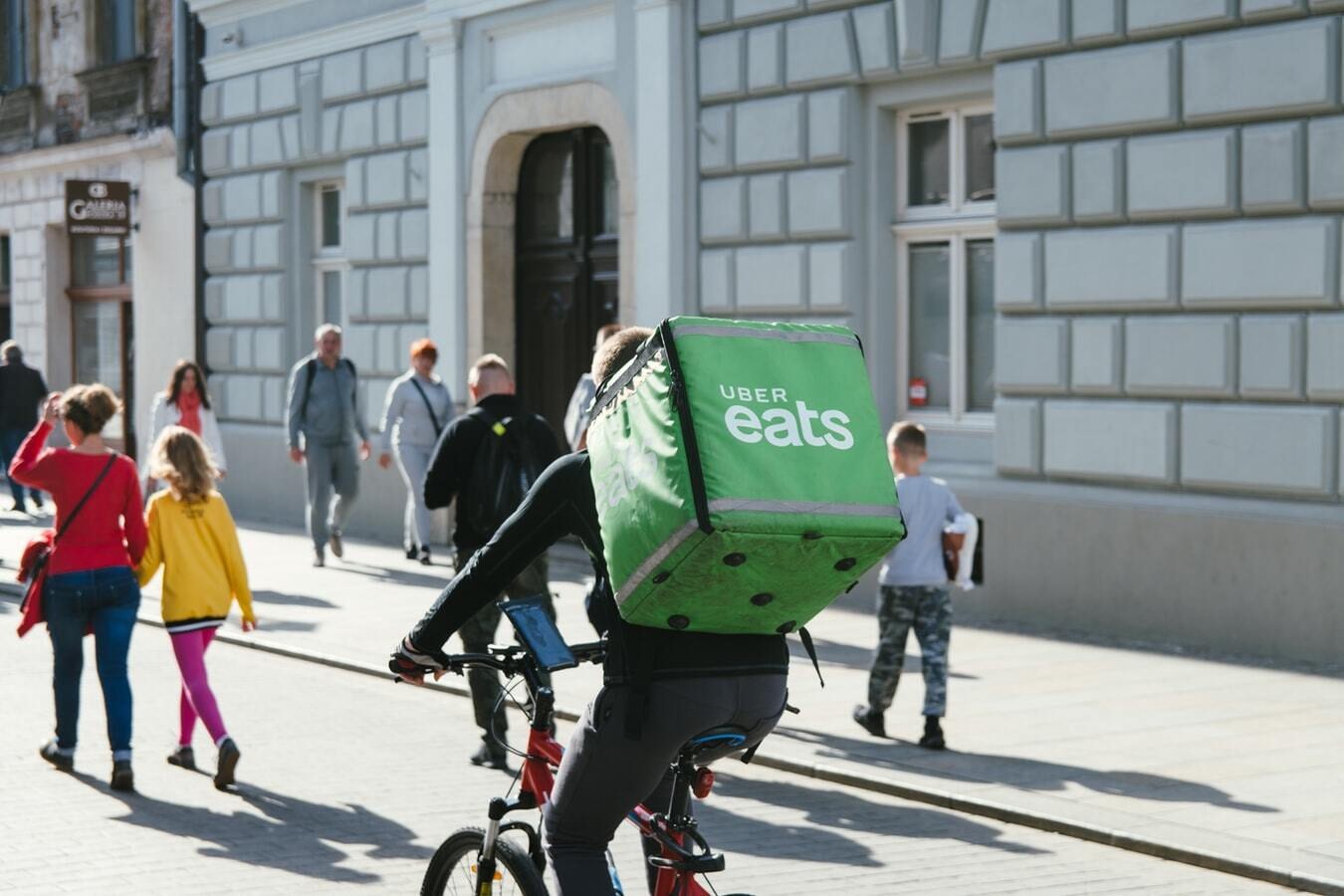The Paycheck Protection (PPP) program helps keep small businesses open and able to pay their employees, but small business owners aren’t the only ones who are eligible for a PPP loan. Independent contractors who meet the program’s eligibility requirements for revenue are also able to apply. 1 in 10 workers in the US are independent contractors, and many of them are eligible for a PPP loan.
Whether you are an Uber driver, freelance writer or photographer, Instacart shopper, or any other independent contractor, you can apply for the PPP. If you’re an independent contractor or freelancer, here’s how to calculate your income, or payroll, for the program, based on our interpretation of the current PPP guidance.
How to Calculate Your Income from Freelancing During 2019
Most freelancers and independent contractors don’t earn the same amount every month, so it can be challenging to calculate your “payroll” for the PPP. However, you can use an average. To find your average income per month, you can use your 2019 tax forms.
Check the amount on Line 31 of your 2019 Schedule C. That’s your net profit, the amount you paid self-employment tax on, so that’s your total annual income. Take that number, divide it by 12, and you’ve got your monthly income. To calculate the amount you can request in PPP funding, multiply that number by 2.5 (the PPP allows businesses and contractors to collect 2.5 times their monthly payroll).
If, for example, your schedule C shows that you earned $30,000 from freelancing in 2019, you would divide that by 12 and get $2500, your average monthly income. If you multiply that by 2.5, you will get $6250, which would be the full amount you can request in your PPP application. If you follow the spending requirements for the program, your PPP funding will be entirely forgivable and function as a grant.
How to Calculate your Income if You Didn’t Collect Freelance Income for All of 2019
What if you didn’t start collecting income from independent contracting until later in the year in 2019? You can still apply for a PPP loan. Here’s how to calculate your income for the program:
If you didn't receive freelance income until on or after June 30th of 2019, you have a choice. You can either calculate the income you did receive in 2019 and divide it by 12, averaging your income for a full year, or you can take your income from January and February of 2020 and divide it by 2. You should use whichever calculation shows your monthly income as higher to receive the highest amount in PPP funding.
Conclusion: It’s Worth Applying for the PPP as an Independent Contractor
If your income dropped in 2020, you should apply for the PPP. Even if your income isn’t the same every month, you can calculate it based on your 2019 taxes and receive funds to pay yourself and cover your expenses.
For more PPP info, you can check out our guide here and download our app at TrackPPPLoan.com, where you can track your PPP loan, EIDL advance, stimulus check and even vaccine.
📌 Disclaimer: This is for illustrational purposes only and not to be construed as tax, accounting, or legal advice. Work with your lender further if you have questions.


